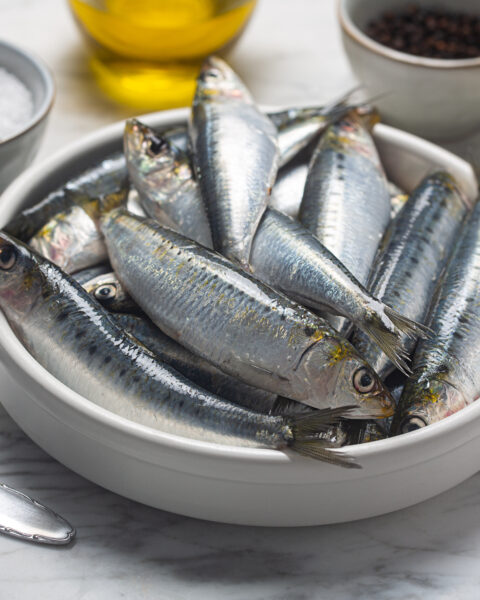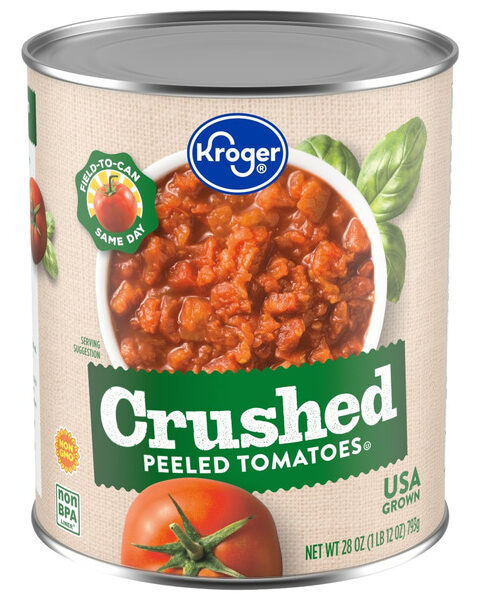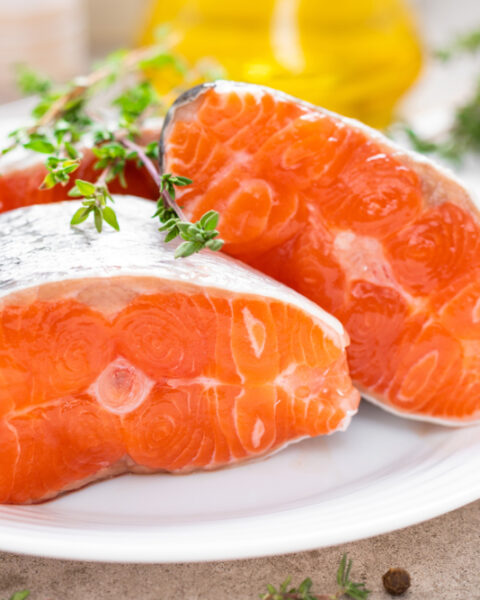Asia is home to some of the most unique and delicious fruits that you won’t find in most grocery stores. These fruits come in all shapes, colors, and sizes, with flavors that range from sweet and juicy to tart and exotic. Many of them are a big part of Asian culture and have been enjoyed for centuries. While you might not spot these fruits on your regular grocery run, they’re definitely worth seeking out if you’re looking to try something new.
Contents
Durian
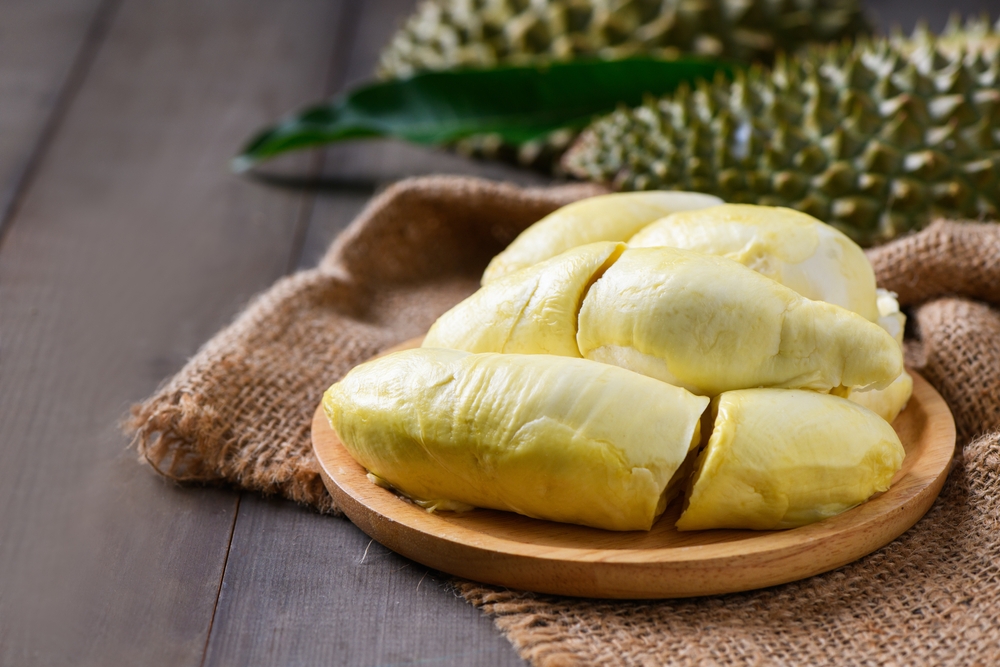
Known as the “king of fruits,” durian is famous for its strong smell, which people either love or hate. The spiky outer shell hides creamy, custard-like flesh inside. The taste is rich, sweet, and savory, with a bit of a funky undertone. Durian is often used in desserts, ice cream, and even savory dishes in Southeast Asia. However, you won’t find this unique fruit in many Western grocery stores due to its strong odor.
Mangosteen
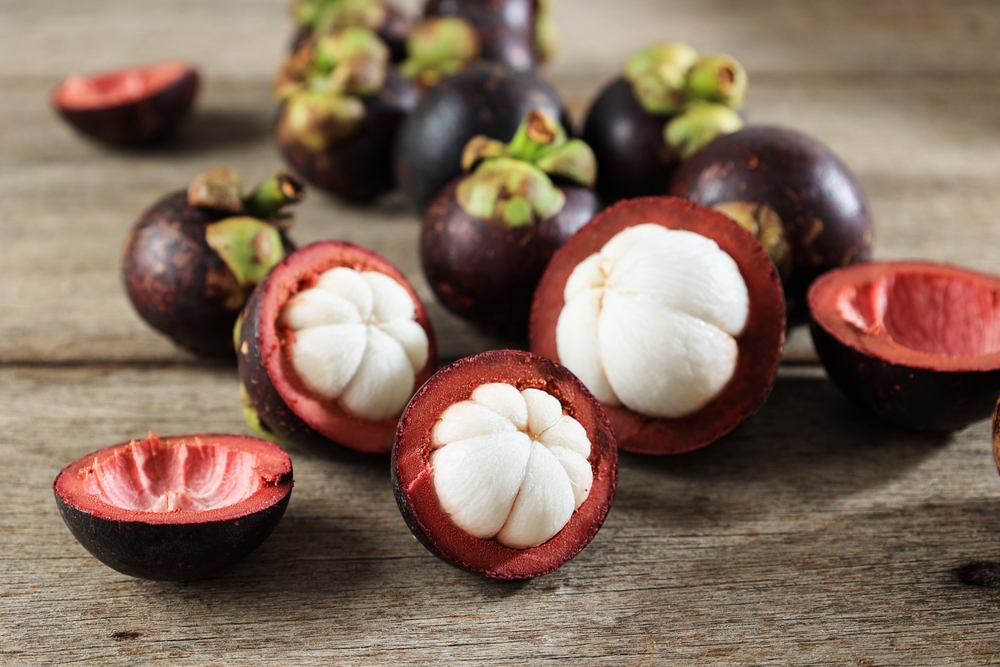
Mangosteen is often called the “queen of fruits” because of its sweet, tangy flavor and vibrant purple rind. Inside, it’s made up of juicy, white segments that taste like a mix of peach, pineapple, and citrus. This fruit is beloved across Southeast Asia and is often eaten fresh, or used in juices and desserts. Mangosteen is packed with antioxidants and is said to have numerous health benefits. However, it’s tough to find outside of its native region, making it a rare treat for many.
Rambutan
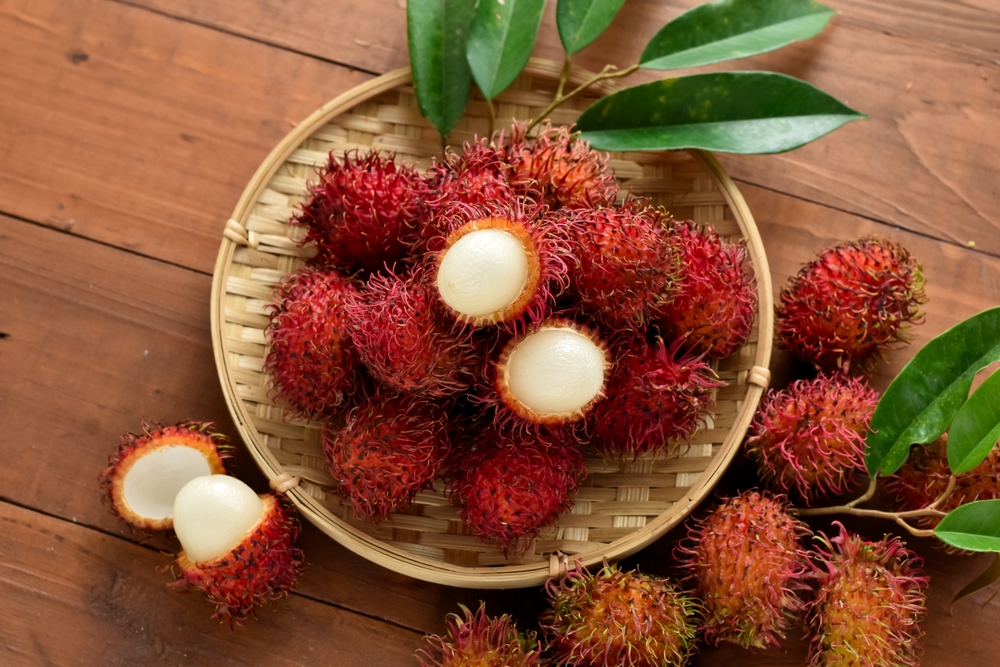
Rambutan looks like something straight out of a fantasy movie with its hairy, red-and-green outer shell. Inside, it’s soft and translucent, with a sweet, juicy flavor similar to lychee. This fruit is a favorite in Southeast Asia and is often eaten fresh, though it can also be found in jams and cocktails. Rambutan is rich in vitamins and minerals, making it not only tasty but healthy too. It’s not commonly available outside of tropical areas, so don’t expect to find it in your local grocery store.
Longan
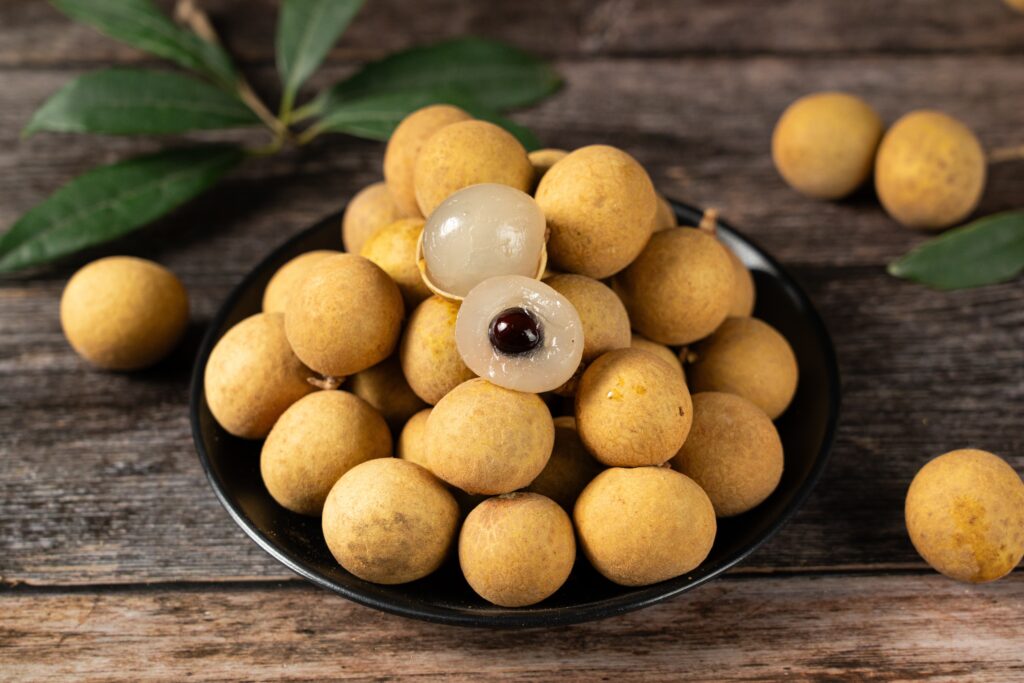
Longan is often compared to lychee due to its similar appearance and sweet, delicate taste. It has a translucent white flesh inside a brown, leathery skin. The flavor is lightly floral and slightly sugary, making it a popular snack in many Asian countries. Longan is often used in traditional Asian desserts, soups, and beverages. It’s harder to find in regular grocery stores, though you might come across it in specialty stores or Asian markets.
Jackfruit
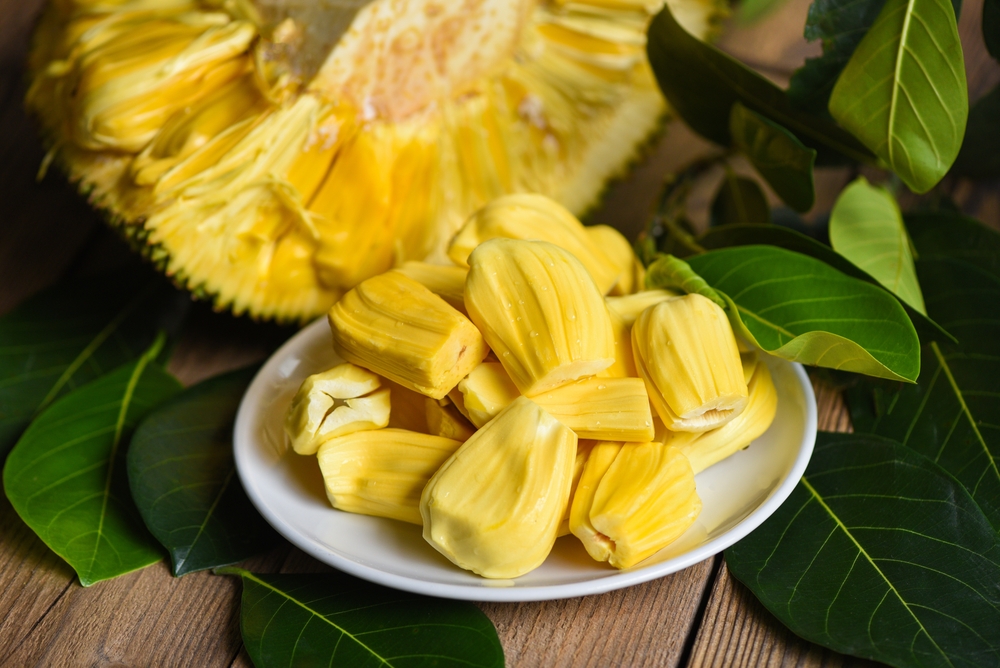
Jackfruit is the largest fruit that grows on a tree, and it can weigh up to 80 pounds! Its thick, green exterior hides sweet, fibrous fruit inside. The flesh can be eaten fresh, but it’s also used as a meat substitute in savory dishes due to its meaty texture. Jackfruit is loaded with fiber, vitamins, and antioxidants. While it’s becoming more popular in health food stores, it’s still not a common find in mainstream grocery stores.
Salak
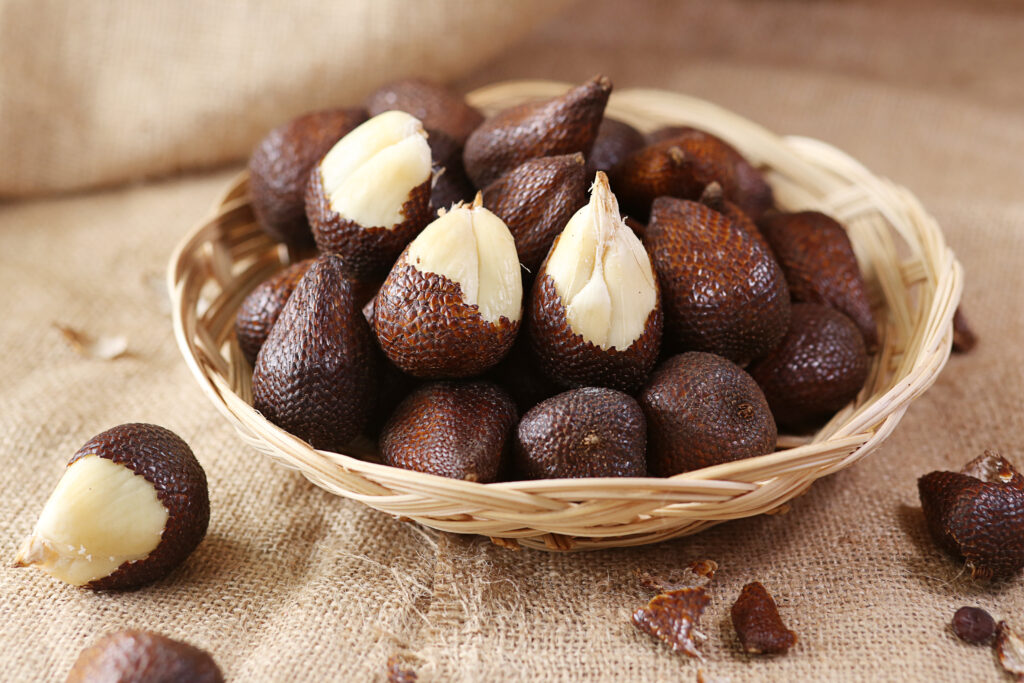
Salak, also known as “snake fruit” because of its scaly skin, has a unique and crunchy texture. The inside contains small segments that taste sweet and tangy, somewhat like a mix of apple and banana. This fruit is often eaten fresh but can also be used in fruit salads and jams. Native to Indonesia, salak is a delicious, tropical fruit that’s not easy to find outside of Asia. Its unusual appearance and flavor make it a hidden gem for adventurous fruit lovers.
Lychee
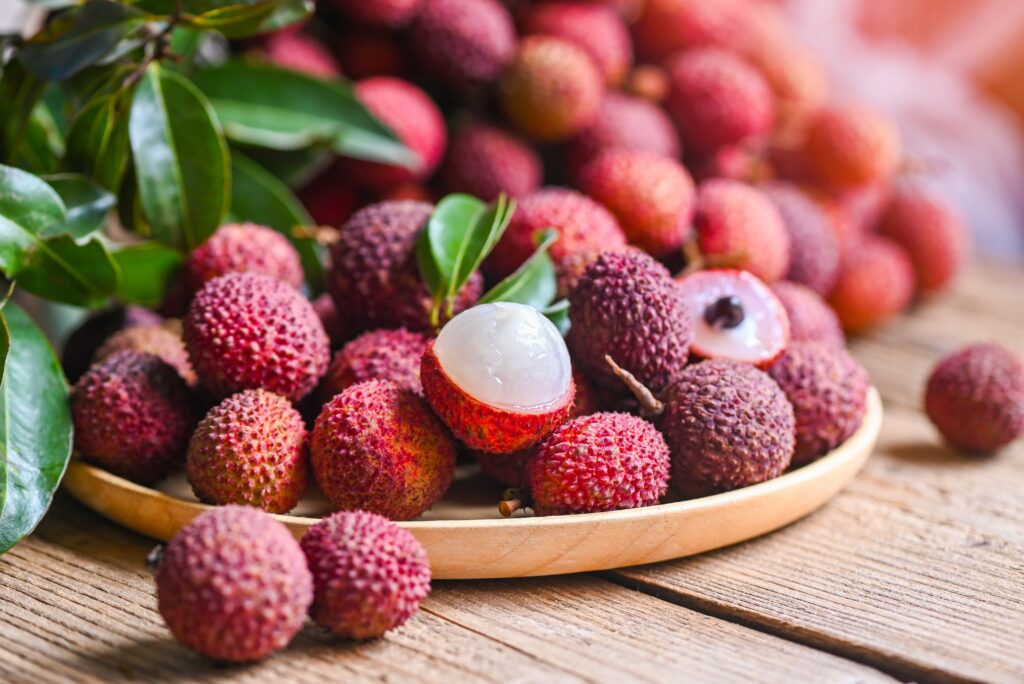
Lychee is a small, round fruit with a bumpy, red skin that’s easy to peel away, revealing juicy, white flesh inside. The flavor is sweet and floral, and it’s a favorite in many Asian desserts and drinks. Lychee is native to Southern Asia but is grown in tropical climates around the world. This fruit is often found canned in stores, but fresh lychee can be harder to track down, especially outside of Asia. It’s a refreshing and exotic treat, perfect for summer.
Pomelo
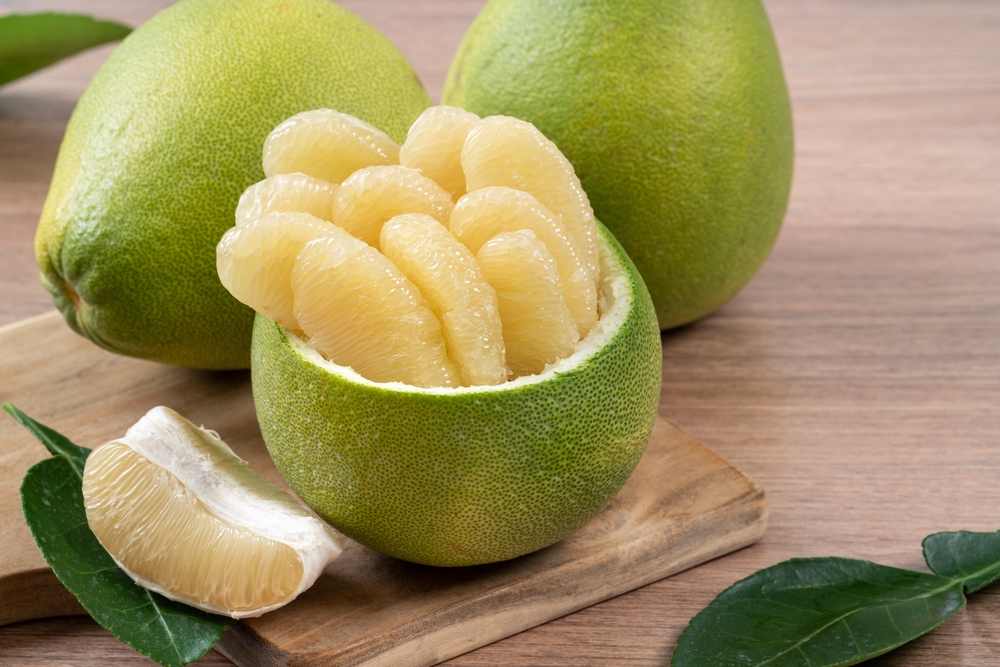
Pomelo is a large citrus fruit with a thick rind and a sweet, mild flavor. It looks similar to a grapefruit, but it’s much larger and less bitter. The inside consists of large, segmented pulp that is juicy and slightly sweet with just a hint of tartness. This fruit is often eaten fresh or used in salads and cocktails. Pomelo is mostly found in Southeast Asia, so it’s not commonly available in regular grocery stores.
Buddha’s Hand
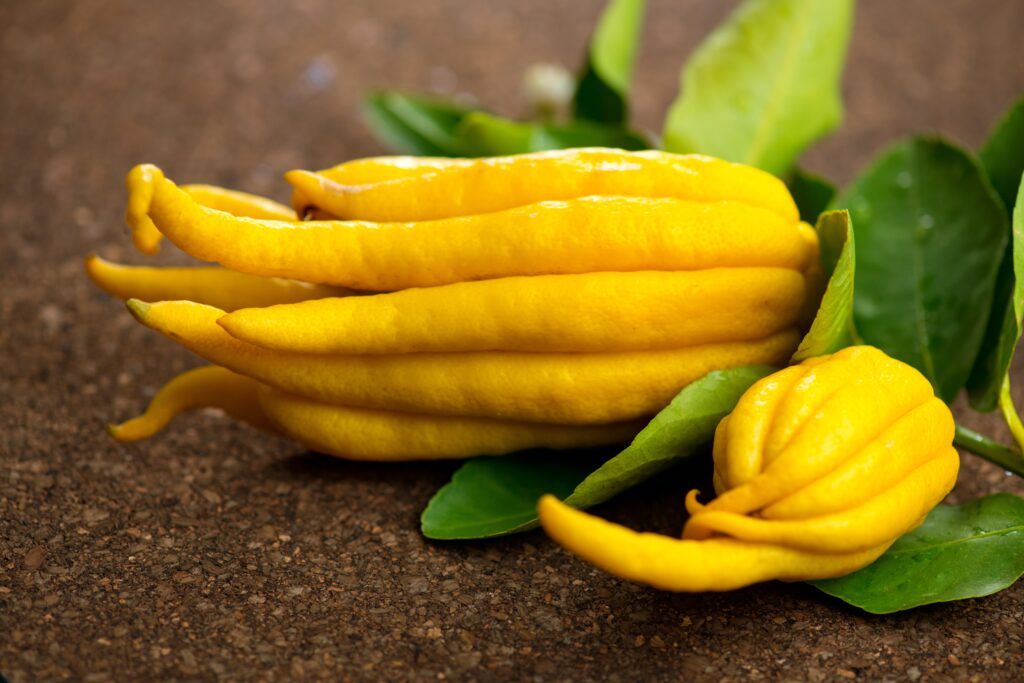
Buddha’s Hand is a unique fruit that looks like multiple yellow fingers extending from a central base, resembling a hand in a prayer-like position. It has a strong lemon fragrance, but the flesh is dry and doesn’t contain any pulp or juice. It’s often used as a natural air freshener, in cooking, or to make zest for flavoring dishes. Buddha’s Hand is mostly found in specialty stores and Asian markets. Its unusual shape and intense aroma make it a fun fruit to experiment with.
Langsat
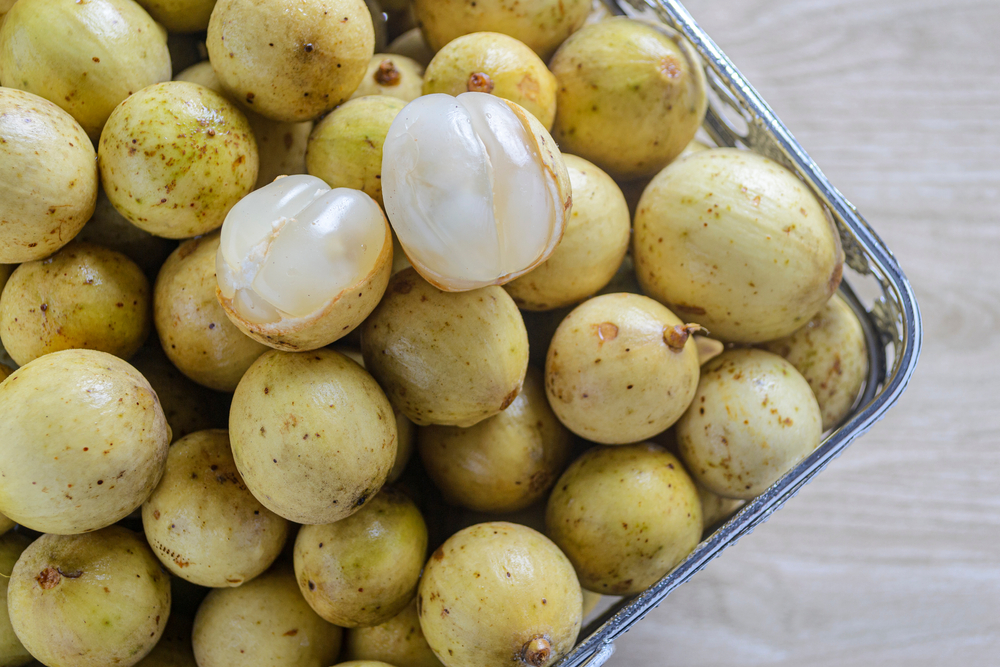
Langsat is a small, oval fruit with a smooth, yellow skin. When peeled, it reveals translucent, segmented flesh that tastes sweet and tangy, almost like a combination of lychee and grapefruit. This fruit is popular in Southeast Asia, particularly in Malaysia and Indonesia. Langsat is often eaten fresh, but can also be used in beverages and fruit salads. It’s rare outside of its native region, so you won’t typically find it in standard grocery stores.
Sapodilla
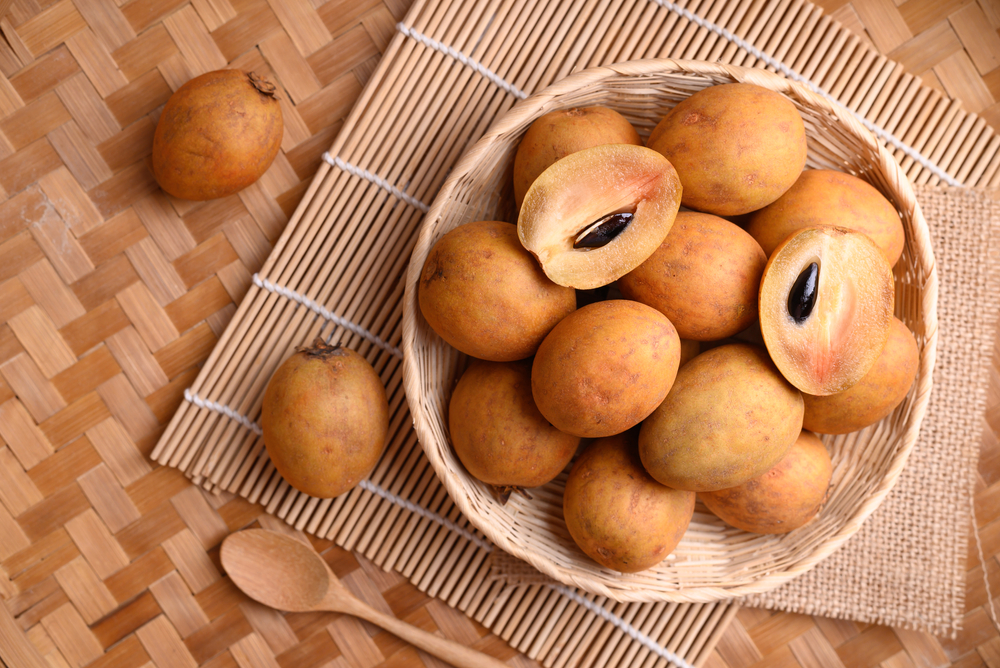
Sapodilla has a rough brown skin that hides sweet, brown flesh inside. The flavor is rich and caramel-like, with hints of pear and brown sugar. This fruit is commonly eaten fresh, but can also be used in smoothies and desserts. Sapodilla is popular in Southeast Asia, particularly in countries like India and the Philippines. Finding it in Western grocery stores is a challenge, making it a rare and delightful treat for those who get the chance to try it.
Asian Pear
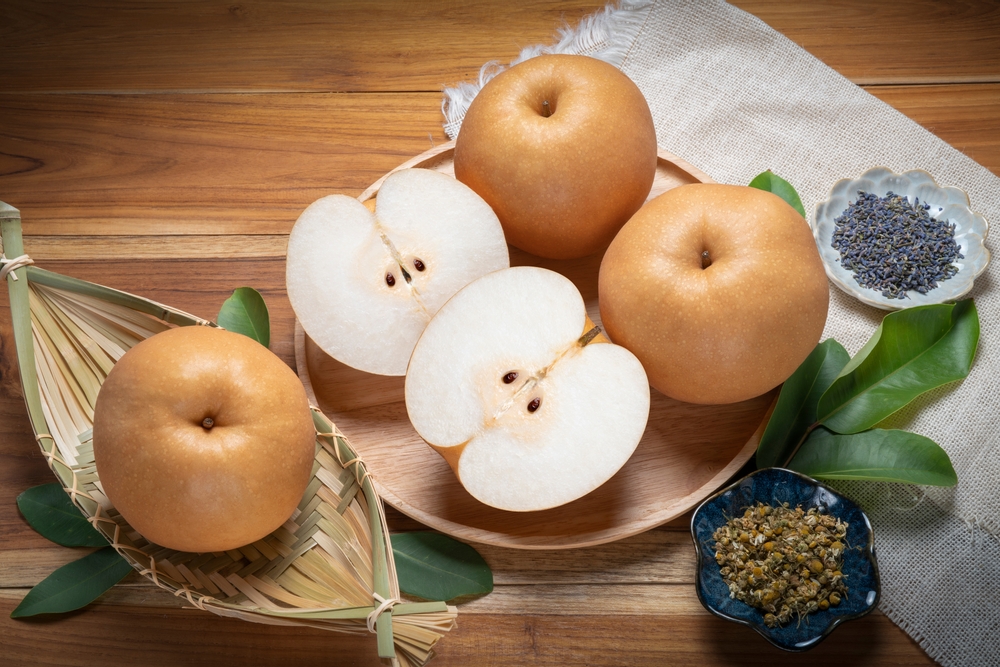
Asian pears, also called “Nashi” pears, are crisp and juicy fruits that look like apples but taste like a mix of pear and watermelon. They have a firm texture, and their sweetness is refreshing and light. These pears are often eaten fresh, and they can be used in salads or desserts. Though native to East Asia, they are becoming more common in specialty grocery stores in the West, but they’re still not as widely available as regular pears. Their unique texture and flavor make them stand out among other types of fruit.
Chayote
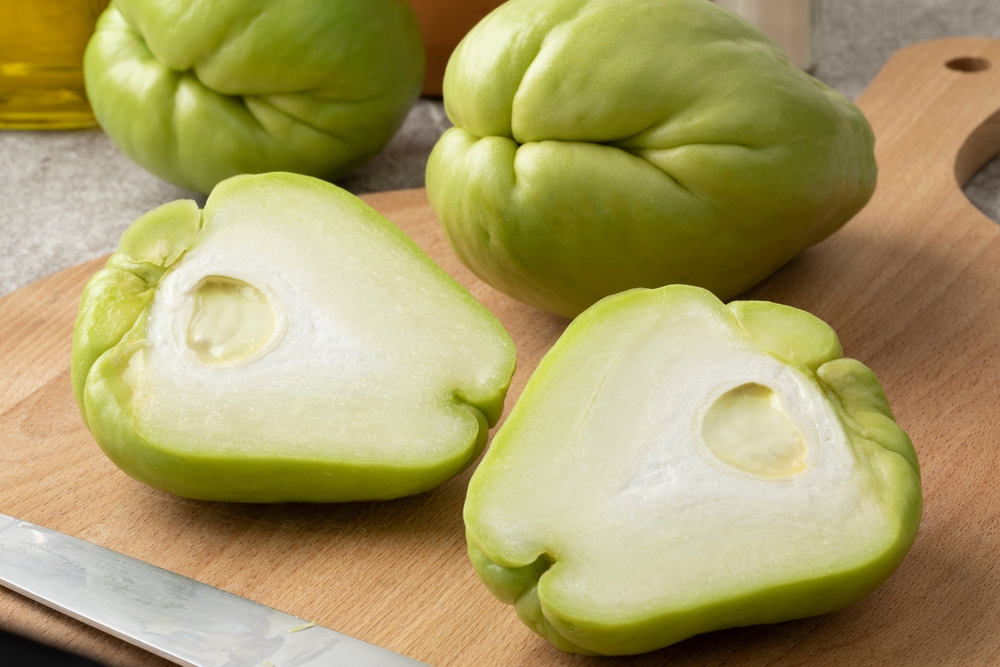
Chayote is a green, wrinkled fruit that’s technically a type of squash. It has a mild, slightly sweet flavor and a crunchy texture that makes it a great addition to salads, stews, and stir-fries. While it’s more often cooked than eaten raw, chayote is very versatile in the kitchen. This fruit is native to Central America but is also commonly grown in parts of Asia. While you might find it in Latin American markets, it’s not as common in typical grocery stores.
Kiwano
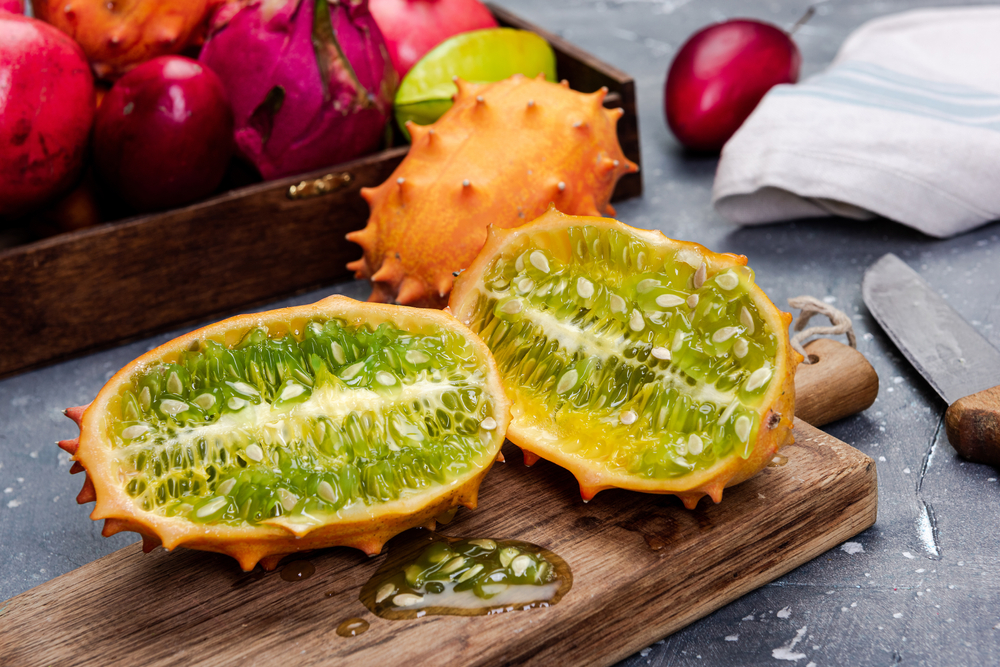
The kiwano, or horned melon, is an odd-looking fruit with spiky orange skin and bright green, jelly-like flesh inside. Its taste is a mix of cucumber, banana, and lime, making it a refreshing snack. Often used as a garnish or in fruit salads, kiwano has a unique, eye-catching appearance. Though it’s native to Africa, it’s also grown in New Zealand and parts of Asia. You won’t often find it in regular grocery stores, so it’s considered an exotic treat.
Jujube
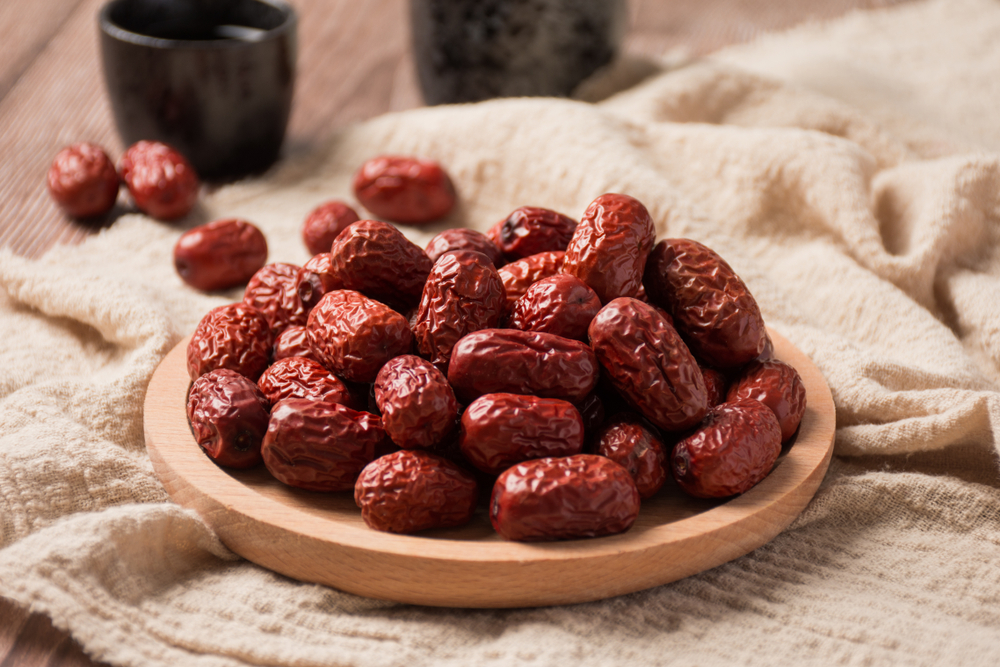
Jujube is a small, reddish-brown fruit that looks like a date but tastes like a mix of apple and date. It can be eaten fresh or dried, and it’s a popular snack in many parts of Asia. Jujubes are packed with vitamins and are believed to have various health benefits, especially in traditional medicine. They’re often used in teas, soups, and desserts. This fruit is not commonly available in supermarkets, so it may require a trip to an Asian or health food store to try it.
This article originally appeared on RetailShout.
More From RetailShout
10 Best ALDI Stocking Stuffers This Year (Most Under $5)
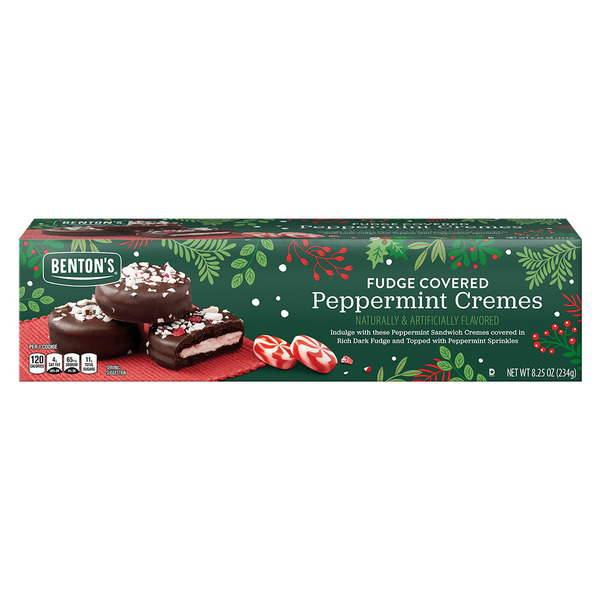
Stocking stuffers can be the most fun part of holiday shopping, and ALDI always delivers with some amazing finds. This year, they’ve got a lineup of treats and goodies that feel way more special than their price tags. Read More.
14 Healthy Costco Sweet Treats That Are Surprisingly Delicious
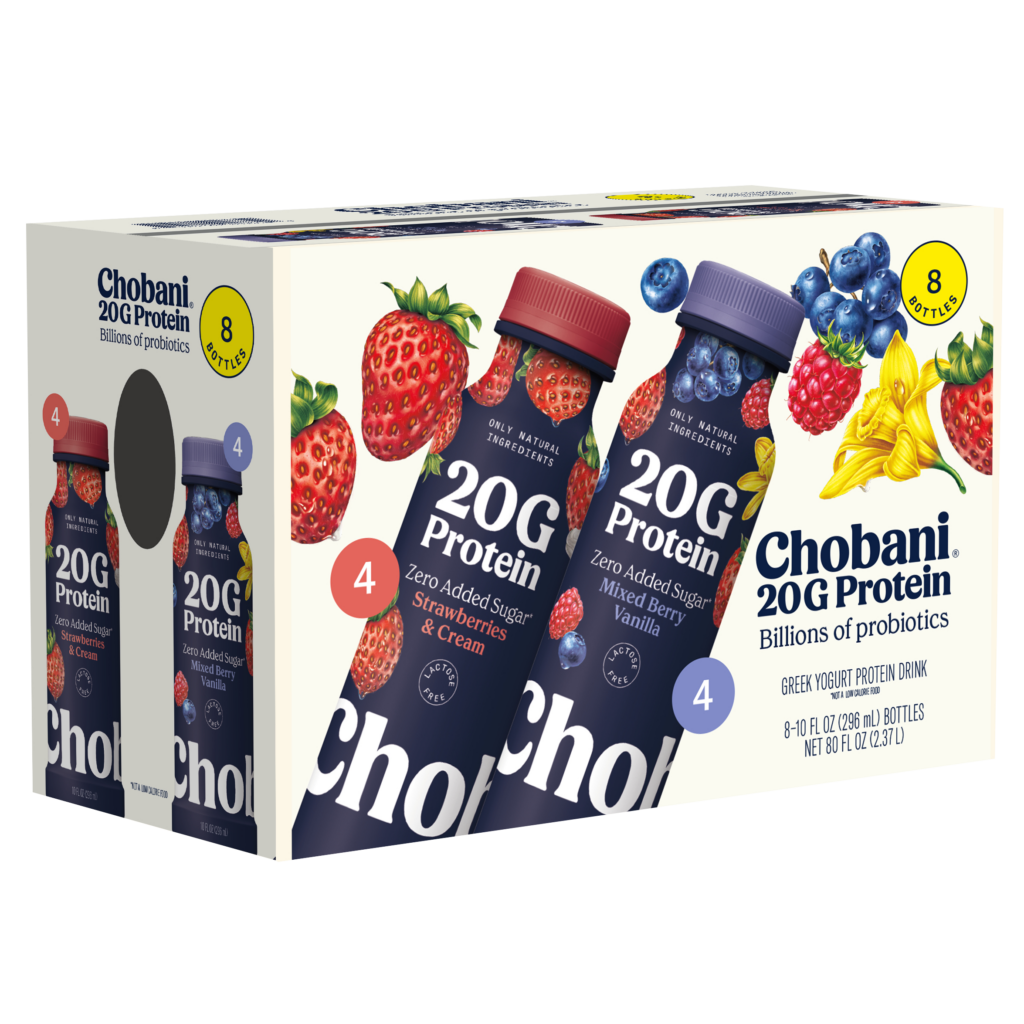
If you’re a Costco member, you probably already know that the store is a paradise for snacks and treats. But what if we told you that there are some surprisingly healthy sweet options on the shelves too? Read More.
13 Surprising Food Inventions That Changed How We Eat
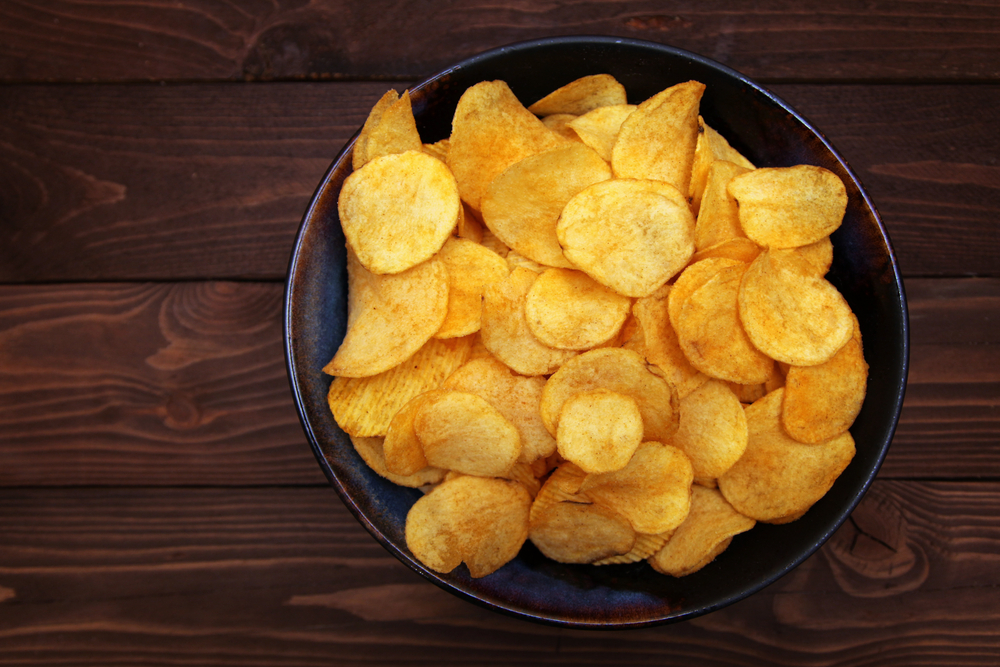
Some of the most iconic foods we enjoy today started as surprising inventions that reshaped our meals. These creations transformed not just what we eat, but how we think about food. Read More.


